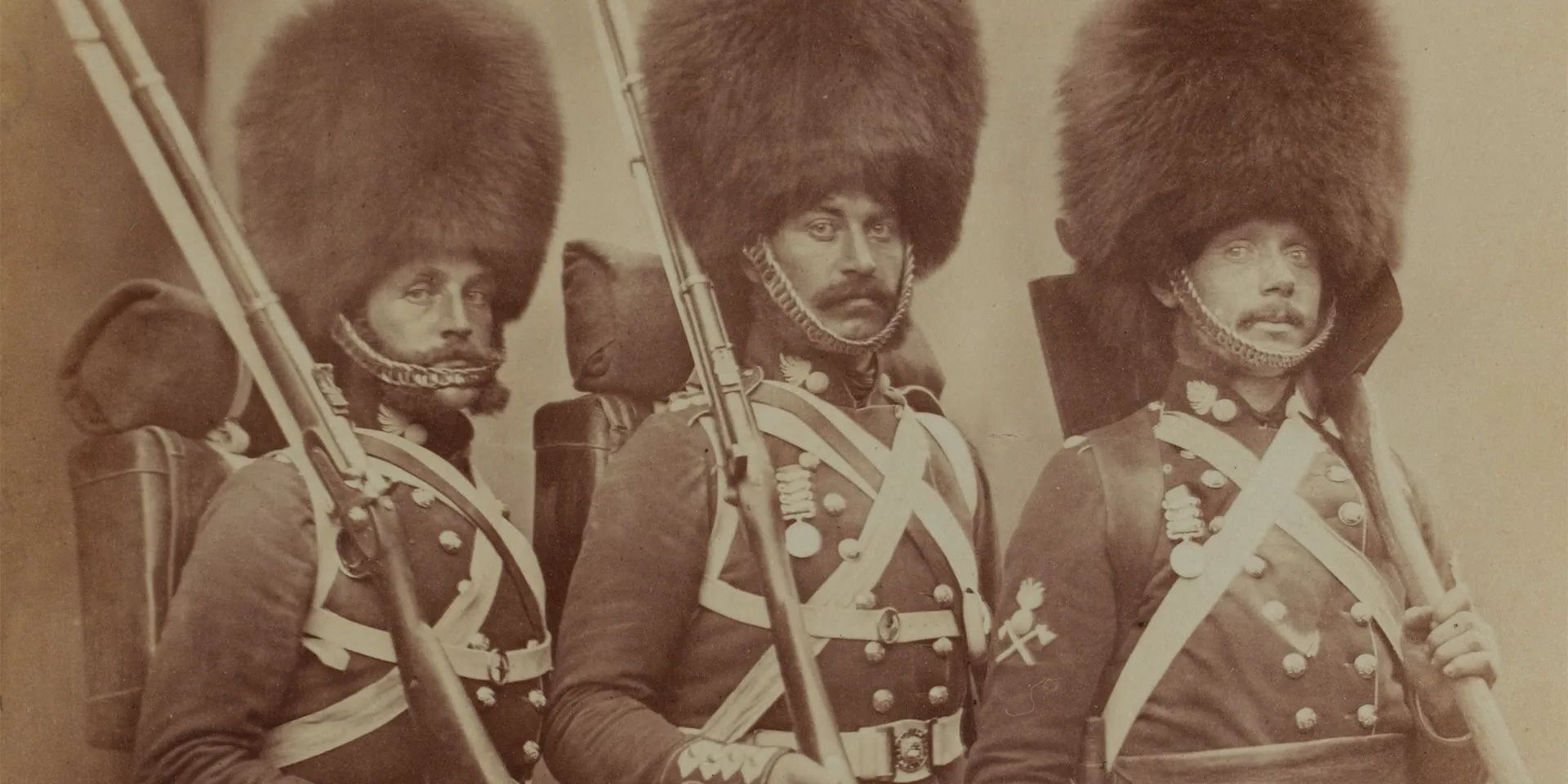
The early history of Rome is filled with tales of conflict and conquest, particularly with its neighbors, the Latins and the Sabines. These wars were crucial in shaping Rome's expansion, political structure, and cultural identity. From the reign of King Tarquinius Priscus to the decisive Latin War, Rome's interactions with these tribes set the stage for its rise as a dominant power. The Sabine Wars, marked by legendary events like the abduction of Sabine women, also played a significant role. Understanding these conflicts provides insight into how Rome evolved from a small city-state into a sprawling empire. Here are 25 key facts about these pivotal wars.
Key Takeaways:
- Rome's early days were filled with alliances and conflicts with neighboring tribes like the Latins. As Rome expanded, tensions grew, leading to wars and reshaping Roman-Latin relations.
- The Sabine Wars and conflicts beyond Italy significantly impacted Rome's cultural development and solidified its power. Rome's military strategy evolved, making the Roman Legion highly effective in battles.
Early Relations Between Rome and the Latins
The early days of Rome were marked by a mix of alliances and conflicts with neighboring tribes, especially the Latins. As Rome began to grow, tensions with the Latins escalated.
- The Latins were initially allies of Rome, but as Rome expanded, the Latins grew wary of Roman intentions.
- King Lucius Tarquinius Priscus led Rome in two wars against the Latins, capturing several towns and bringing back significant loot.
- The Latin city of Aricia, with help from the Latin League and Cumae, defeated the Clusian army sent by King Lars Porsena in 508 BC.
Conflict with Tibur
Rome's conflicts with the Tiburtes were part of its broader struggle for dominance in the region. These wars showcased Rome's growing military prowess.
- From 356 to 354 BC, Rome fought against the Tiburtes, driving them into their city and ravaging their fields.
- In 355 BC, Rome captured Empulum from the Tiburtes without serious fighting.
- The war concluded with Rome taking Sassula from Tibur, leading to the surrender of the Tiburtes.
The Latin War (340–338 BC)
The Latin War was a pivotal conflict that reshaped Roman-Latin relations and set the stage for Rome's future expansion.
- The Latins and Volsci made a final bid to shake off Roman dominion, but Rome emerged victorious.
- The peace settlement saw Rome annex some states outright, while others remained autonomous but bound to Rome by bilateral treaties.
- The Latin League was dissolved, replaced by separate treaties between Rome and individual Latin states.
Roman Expansion and Protection Racket
Rome's approach to expansion often involved a mix of military force and strategic diplomacy, resembling a protection racket.
- Rome's treatment of the Latins during the Latin War set a precedent for future military diplomacy.
- The Romans would often "beat up" their neighbors and then offer them a choice: face further aggression or accept Roman control and pay taxes.
Sabine Wars
The Sabine Wars were a series of conflicts that significantly impacted Rome's early history and cultural development.
- The first Sabine War occurred during the reign of King Tarquinius Priscus, who doubled the equites to counter the Sabine infantry.
- In 503 BC, a consul named Publius Postumius Tubertus celebrated an ovation for a victory over the Sabines.
- The Bloodless War in 501 BC involved a scuffle in Rome with Sabine youths, leading to a declaration of war without any battle.
- The One-Day War in 495 BC saw a Sabine army invade Roman territory, only to be defeated on the same day.
Conflict in 470–468 BC
The ongoing tensions between Rome and the Sabines continued into the mid-5th century BC, marked by several significant conflicts.
- In 470 BC, the consul Tiberius Aemilius was given command of the Roman forces against the Sabines.
- The conflict started with the Sabines confining Roman troops, but the outcome remains unclear.
Historical Context of Sabine Wars
The Sabine Wars were not just about military victories; they had profound cultural implications for Rome.
- The abduction of Sabine women by Roman men sparked a war that ended with a truce and the integration of Sabine women into Roman society.
- This event is often cited as a key moment in the development of Roman culture and identity.
Roman Expansion Beyond Italy
Rome's ambitions extended beyond Italy, leading to significant conflicts that further solidified its power.
- The Battle of Heraclea in 280 BC marked the first meeting of the Roman Legion and the Macedonian Phalanx.
- The Punic Wars, beginning with the Battle of Agrigentum in 261 BC, were pivotal in establishing Rome as a major power in the Mediterranean.
Julius Caesar’s Conquests
Julius Caesar's military campaigns were instrumental in expanding Rome's territories and solidifying its dominance.
- Caesar’s conquests, including the Battle of Alesia in 52 BC, expanded Rome’s territories over France, Belgium, Switzerland, and northern Italy.
Teutoburg Forest Battle
The Battle of the Teutoburg Forest in 9 AD was a significant turning point in Roman expansion, halting its advance into Germanic territories.
- A Germanic tribal alliance led by Arminius defeated three Roman legions, stopping Rome’s expansion at the Rhine River.
Late Roman Empire Conflicts
The late Roman Empire faced numerous conflicts that tested its resilience and adaptability.
- The Battle of Abritus in 251 AD saw the deaths of two Roman emperors and led to a humiliating peace settlement with the Gothic-led coalition of tribes.
Roman Military Strategy
Roman military strategy evolved significantly over the centuries, becoming a hallmark of its success.
- The use of legions, cavalry, and fortifications became hallmark tactics, with the disciplined ranks and tactical formations of the Roman Legion proving highly effective in battles against various enemies.
The Lasting Impact of Early Roman Wars
Wars with the Latins and Sabines were pivotal in shaping Rome's early history. These conflicts not only expanded Rome's territories but also influenced its military strategies, political structures, and cultural identity. The Latin War and various Sabine Wars set precedents for Rome's future diplomatic and military approaches, like the protection racket strategy. The integration of Sabine women into Roman society and the dissolution of the Latin League were significant cultural milestones. These wars also had substantial economic impacts, providing Rome with resources and revenue. Understanding these early conflicts offers valuable insights into the complexities of ancient Roman society and its enduring legacy. The lessons learned and strategies developed during these wars laid the groundwork for Rome's rise as a dominant power in the ancient world.
Frequently Asked Questions
Was this page helpful?
Our commitment to delivering trustworthy and engaging content is at the heart of what we do. Each fact on our site is contributed by real users like you, bringing a wealth of diverse insights and information. To ensure the highest standards of accuracy and reliability, our dedicated editors meticulously review each submission. This process guarantees that the facts we share are not only fascinating but also credible. Trust in our commitment to quality and authenticity as you explore and learn with us.


